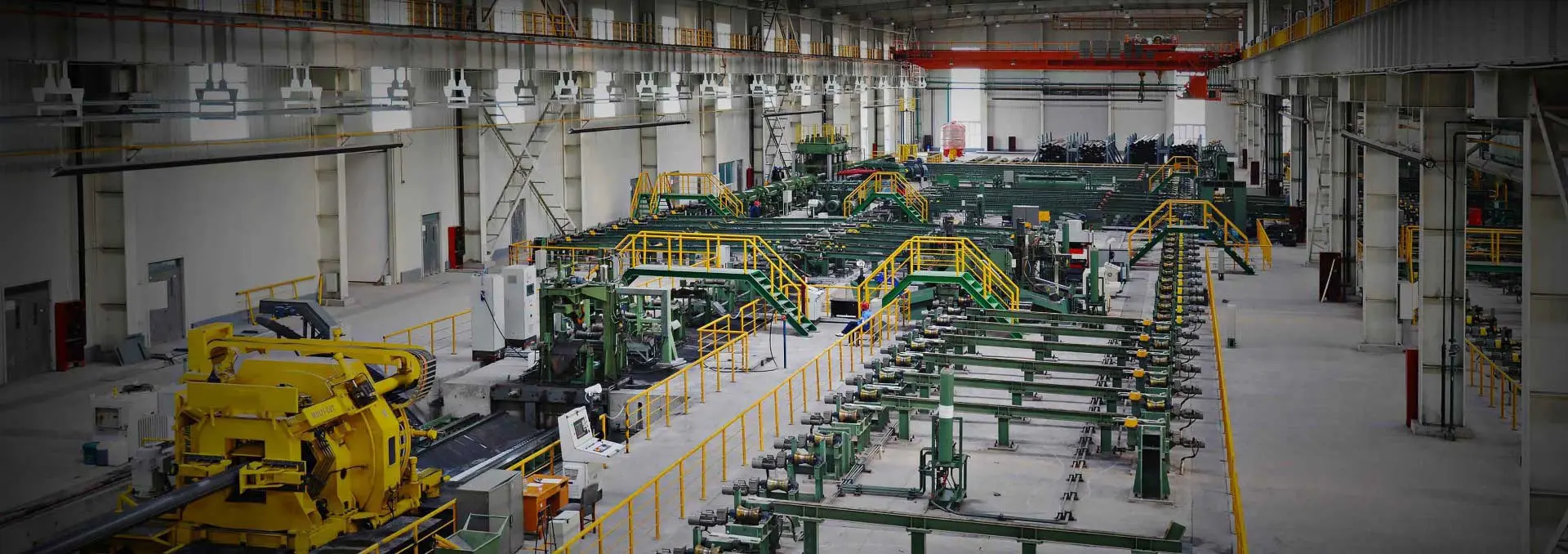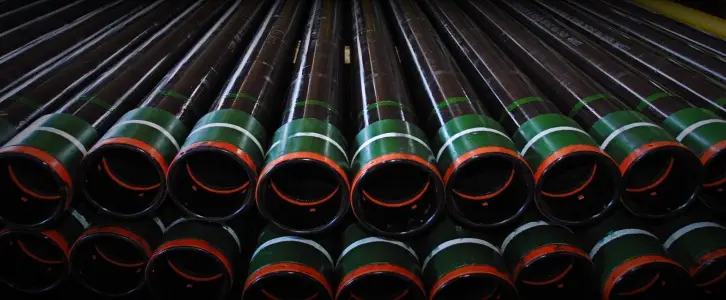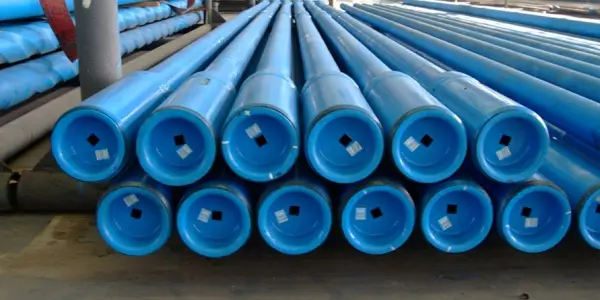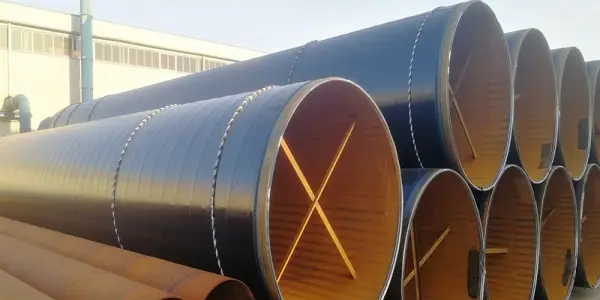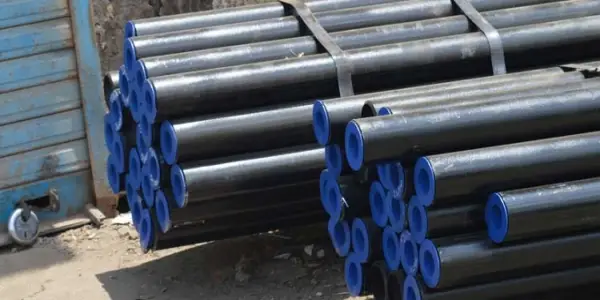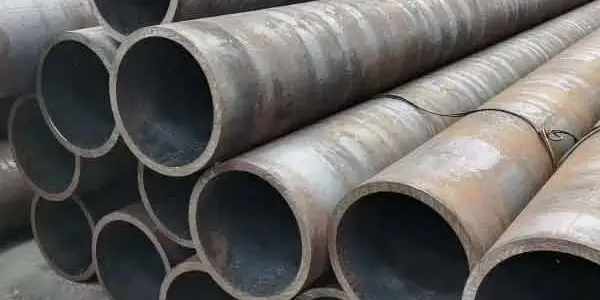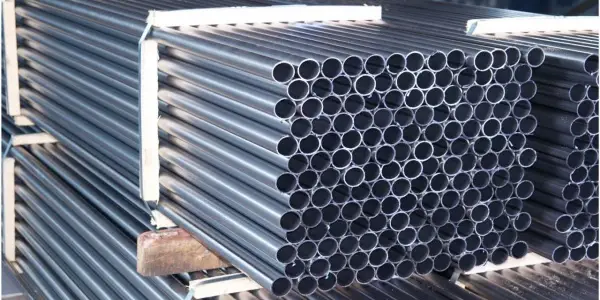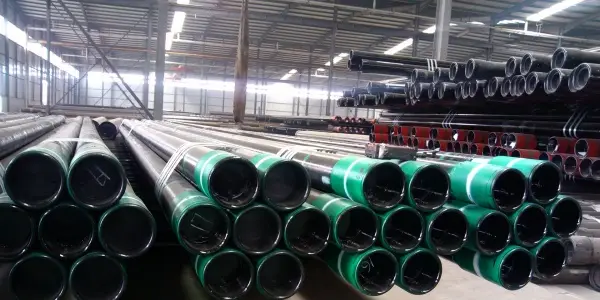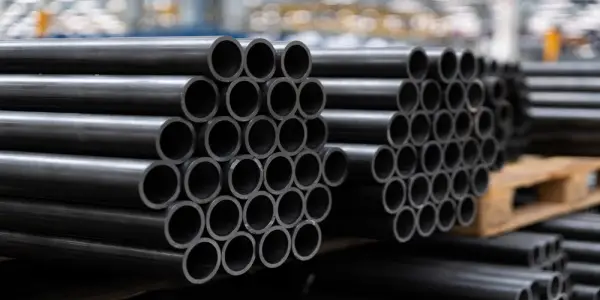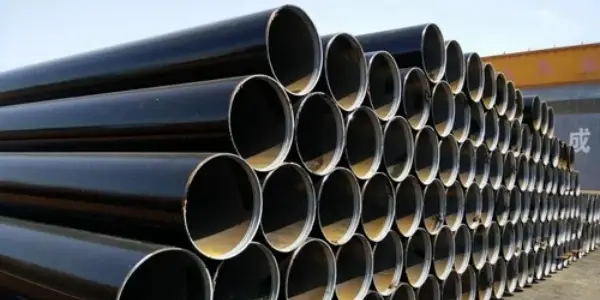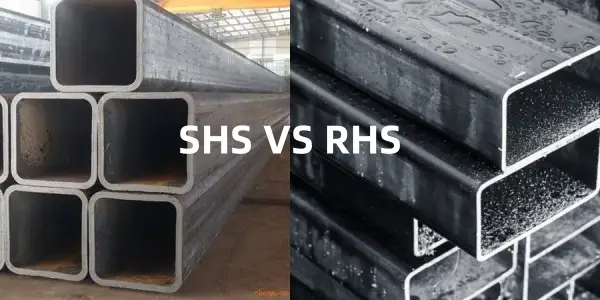-
What is the difference and relevance of steel grades and materials of oil pipes and casing?
Relevance: It is an iron ring used to protect the pipe or to facilitate the installation of the pipe.
Difference:
1, the nature of different: casing is a kind of electric conductor into the electrical equipment or through the wall of an insulating device. Oil pipe is a pipe that transports crude oil and natural gas from the oil and gas layer to the surface after drilling is completed.
Read More
-
What Is The Difference Between Drill Pipe And Drill Collar?
Drill pipe and drill collar are commonly used tools in oil drilling, mainly for drilling, reaming and coring operations. Drill pipe is a long tube assembled from many similar tubes, which plays a role in conveying drill bits and mud in drilling. And the drill collar is a drilling tool with a slender shape, which can accurately collect cores on key strata and help geologists evaluate the nature of the reservoir.
Read More
-
JCOE Pipe
JCOE is straight seam double-sided submerged arc welded pipe, LSAW steel pipe can be divided into high-frequency LSAW steel pipe and submerged arc welded LSAW JCOE steel pipe according to the production process. Submerged arc welded straight seam steel pipe according to its different molding methods are divided into UOE, RBE, JCOE, LSAW steel pipe, etc. JCOE steel pipe production process is simple, high production efficiency, low cost, the development of faster
Read More
-
SA53Gr.B Hot Rolled Seamless Steel Pipe (ASTM SA-53 Gr.B Seamless Pipe)
A53Gr.B American Standard Thick Wall Steel Pipe is a kind of seamless steel pipe with the size of 168.3 millimeters (mm) * 14.27 millimeters (mm). This kind of steel pipe is usually made of carbon alloy steel with high strength and corrosion resistance, which is commonly used in the manufacture of pipelines, valves and pressure vessels that are subjected to high pressure.
Read More
-
Seamless Steel Pipe Technical Knowledge
1. The production process of seamless steel pipe mainly includes the following steps:
a. Preparation of raw materials: choose suitable steel billet, the requirements of the billet surface smooth, no bubbles, no cracks, no obvious defects.
b. Heating: Heat the billet to a high temperature state, so that it has plasticity and is easy to be molded.
c. Perforation: The heated billet is perforated into a billet by a perforating machine, i.e., the preliminary pipe is formed.
d. Pipe Rolling: The billet is rolled several times to reduce its diameter and increase its wall thickness, while eliminating internal stress.
e. Sizing: through the sizing machine on the final shape of the steel pipe, so that the diameter and wall thickness of the steel pipe to meet the standard requirements.
f. Cooling: The steel pipe is cooled after sizing to increase its hardness and strength.
g. Straightening: Straighten the cooled steel pipe to eliminate its bending deformation.
h. Quality inspection: quality inspection of the finished steel pipe, including size, wall thickness, hardness, surface quality and other aspects of the test.
Read More
-
What Are The Effects Of Inferior Tube Billet On Seamless Steel Pipe?
The advantages and disadvantages of the billet have a vital impact on the quality of seamless steel pipe. Can produce high quality seamless steel pipe, the billet plays a fundamental role, poor quality billet is prone to produce many quality problems, the following are the main factors of the billet on the quality of seamless steel pipe:
Read More
-
Introduction Of Seamless Steel Pipe Petroleum Casing
Seamless steel pipe is widely used in our daily life, and one of the very important application areas is as our energy channel to transmit energy, including oil, natural gas and so on. It can be laid not only on land but also in the seabed, which brings great convenience to the energy circulation in different regions, and is a mode of transportation incomparable to land and sea transportation.
Read More
-
The Difference Between Hot Rolled Steel Pipe And Cold Rolled Steel Pipe and Welded Steel Pipe
Hot rolled steel pipe, although also belongs to a steel pipe products, but compared with ordinary products seem to have a variety of difficult to replace the advantages, such as it can destroy the casting organization of the ingot through the ingot to refine the grain, and can eliminate microstructure defects, so that the steel can have good mechanical properties, in addition to the market's rich and colorful manufacturers price, size and specifications also help to meet the needs of consumers with different needs, so that we can have a high level of product service.
Read More
-
Differences and connections between steel pipe materials
I. Carbon Steel Pipe
Carbon steel pipe is one of the most common steel pipe materials, which is widely used in construction, manufacturing and other fields due to its low price, high strength and good corrosion resistance. The main components of carbon steel pipe are carbon and iron, of which the carbon content is 0.06%~2.1%. Carbon steel pipe can be divided into three kinds of low carbon steel, medium carbon steel, high carbon steel, its strength and hardness with the increase of carbon content.
Read More
-
Square and rectangular steel pipe
Square and rectangular pipe, is a term for square and rectangular pipes, that is, steel pipes with equal and unequal side lengths. It is a strip of steel rolled after a process. Generally, the strip steel is unwrapped, flattened, crimped and welded to form a round tube, which is then rolled into a square tube and then cut to the required length.
Read More

 English
English Español
Español




 Tel : +86-18565811709
Tel : +86-18565811709 Email :
Email : 